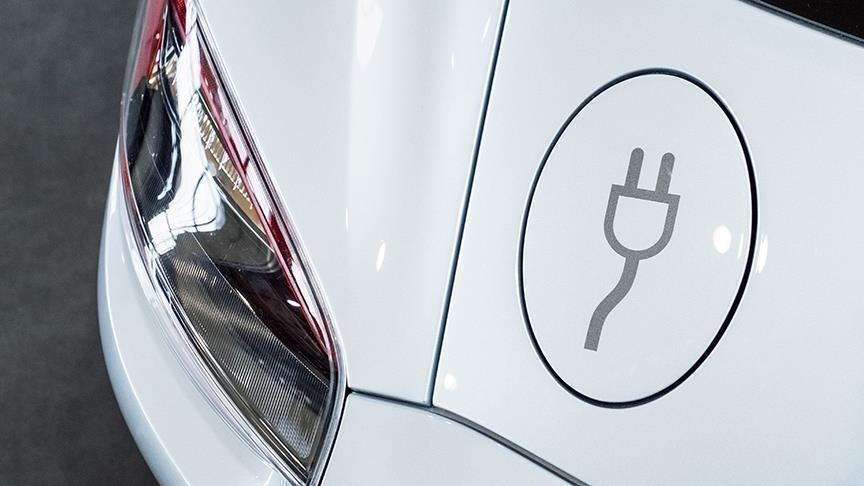(3 minutes read)
Namibia has set ambitious targets to transition to a greener and more sustainable transportation system by aiming to have 96,500 light vehicles converted to battery electric vehicles (BEVs) by the year 2025. This move is Namibia’s commitment to reduce greenhouse gas emissions, particularly from the transport sector.
Namibia has set ambitious targets to transition to a greener and more sustainable transportation system by aiming to have 96,500 light vehicles converted to battery electric vehicles (BEVs) by the year 2025. This move is Namibia’s commitment to reduce greenhouse gas emissions, particularly from the transport sector.
Namibia has a considerable vehicle population of approximately 11,785,070 vehicles, as reported by the National Traffic Information System (NaTIS) dataset. The majority of these vehicles are internal combustion engine (ICE) vehicles, with light passenger vehicles accounting for 43.89% and light load vehicles accounting for 42.1% of the total fleet. According to the National Determination Contributions’ (NDC) plan, by 2025, Namibia aims to convert 96,500 light ICE vehicles and 7,000 heavy ICE vehicles to battery electric vehicles.
Currently, Namibia has around 100 electric vehicles in existence, with the Nissan Leaf dominating the electric vehicle market in the country. However, with the NDC’s targets, this number is expected to surge significantly in the coming years. The Namibian electric vehicle market is primarily driven by private players, and the country seeks to promote the use of BEVs to combat climate change and create a cleaner environment.
The electric vehicle market faces several challenges, including importing batteries, range anxiety, high capital costs, and battery replacements. Meanwhile, to support the widespread adoption of electric vehicles, Namibia is actively working on setting up charging stations across the country. M&Z, a major player in the industry, has already launched a fast-charging station with a capacity of 60kW/h. In spite of existing progress, there is still a need for support from the government, private partners, and development institutions for Namibia to achieve this ambitious target by 2025.
Read Also:
https://trendsnafrica.com/passenger-vehicle-sales-go-up-in-namibia-in-february-2023/
https://trendsnafrica.com/puma-goes-gung-ho-setting-up-charging-stations-in-namibia/
E-Car Namibia, a prominent player in the country’s electric vehicle industry, focuses on converting and upcycling internal engine vehicles into electric vehicles. The company’s e-Cruiser specifications include a 28.8 kWh LiFePo4 Battery Pack, 45 kW Motor, peak ~80 kW, and an 80-100 km range per full charge.
The transition to electric vehicles is crucial not only for environmental sustainability, but also for reducing dependence on fossil fuels and promoting a cleaner, and greener future for Namibia and its citizens.





